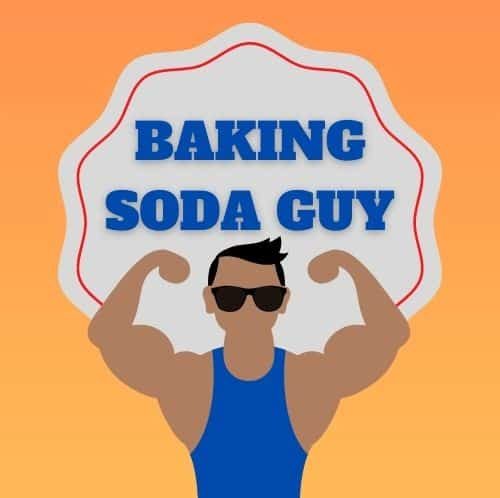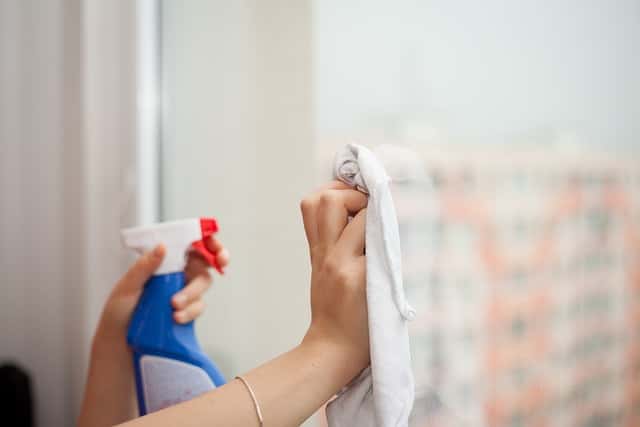Whiteboards have become a ubiquitous tool for educators, office workers, and anyone who needs to write down ideas or plans in a way that can be quickly changed or erased.
However, these boards often face issues with staining and ghosting. To keep your whiteboard looking fresh and clean, it’s essential to know the proper cleaning methods.
In this article, we’ll answer the question, “Can you use glass cleaner to clean a whiteboard?” and provide steps for cleaning a whiteboard with glass cleaner.
Let’s get started.
Can You Use Glass Cleaner to Clean a Whiteboard?
Glass cleaner is a common household cleaning solution that many people use to clean surfaces, including windows, mirrors, and other glass surfaces. It’s tempting to use glass cleaner on a whiteboard because it’s easy to find, and it seems like it would be effective at removing stains and marks. However, while a glass cleaner can clean a whiteboard, there are potential risks to consider.
Glass cleaner typically contains a combination of chemicals, including ammonia, isopropyl alcohol, and other solvents. While these chemicals are effective at removing dirt and grime from glass, they can damage the whiteboard’s surface or the marker’s ink. Using glass cleaner on a whiteboard could result in stains, smudges, or other damage that could be difficult or impossible to remove.
Clean the Whiteboard with Glass Cleaner
If you’re willing to take the risk of using glass cleaner on your whiteboard, here are the steps you should follow:
- Gather materials: You’ll need a clean, dry cloth and a bottle of glass cleaner.
- Test the cleaner: Before applying the glass cleaner to the entire whiteboard, test it on a small area to ensure that it doesn’t damage the surface or the marker’s ink.
- Spray the glass cleaner: Spray the cleaner directly onto the whiteboard, or onto the cloth if you prefer. Be careful not to spray too much, as the excess cleaner can drip down the board and cause further damage.
- Wipe the board: Use the cloth to wipe the whiteboard, applying gentle pressure as needed to remove marks or stains. Avoid using abrasive cloths or scrubbers, as they can scratch the surface of the board.
- Dry the board: Once you’ve wiped the entire board, use a clean, dry cloth to remove any excess cleaner and dry the surface of the whiteboard.
Alternative Methods for Cleaning Whiteboards
If you’re hesitant to use glass cleaner on your whiteboard, there are other cleaning solutions you can try. Rubbing alcohol, vinegar, and dish soap are all effective at removing marks and stains from whiteboards.
However, as with glass cleaner, it’s essential to test these solutions on a small area of the board before using them on the entire surface.
Read How to Clean a Dirty Whiteboard Safely and Effectively: A Step-by-Step Guide for more information on other cleaning solutions.
Conclusion:
In conclusion, while glass cleaner can be effective at cleaning whiteboards, it’s important to consider the potential risks before using it.
If you decide to use glass cleaner, be sure to follow the steps outlined above, and test the cleaner on a small area first. If you’re hesitant to use glass cleaner, other cleaning solutions like rubbing alcohol or vinegar may be better options.
Whatever method you choose, always test it on a small area of the board first, and be sure to use gentle pressure and non-abrasive cloths or scrubbers to avoid damaging the whiteboard’s surface.
With these tips, you can keep your whiteboard looking clean and fresh, ensuring that it remains a valuable tool for a long time.
Thanks for reading.
-Baking Soda Guy
Image by Simon Kadula from Pixabay

